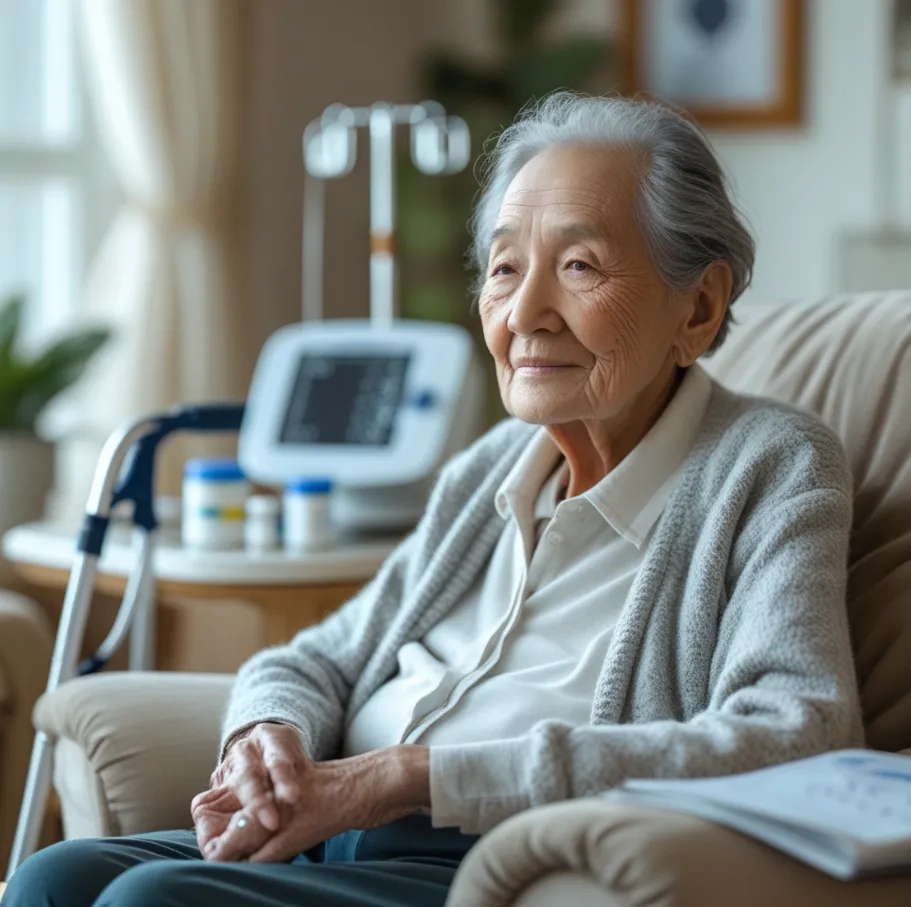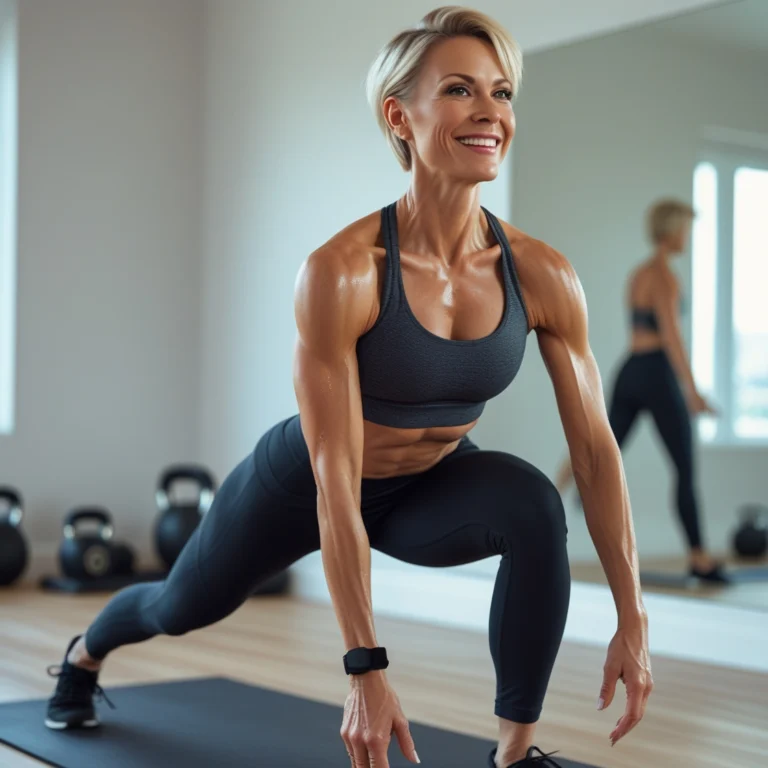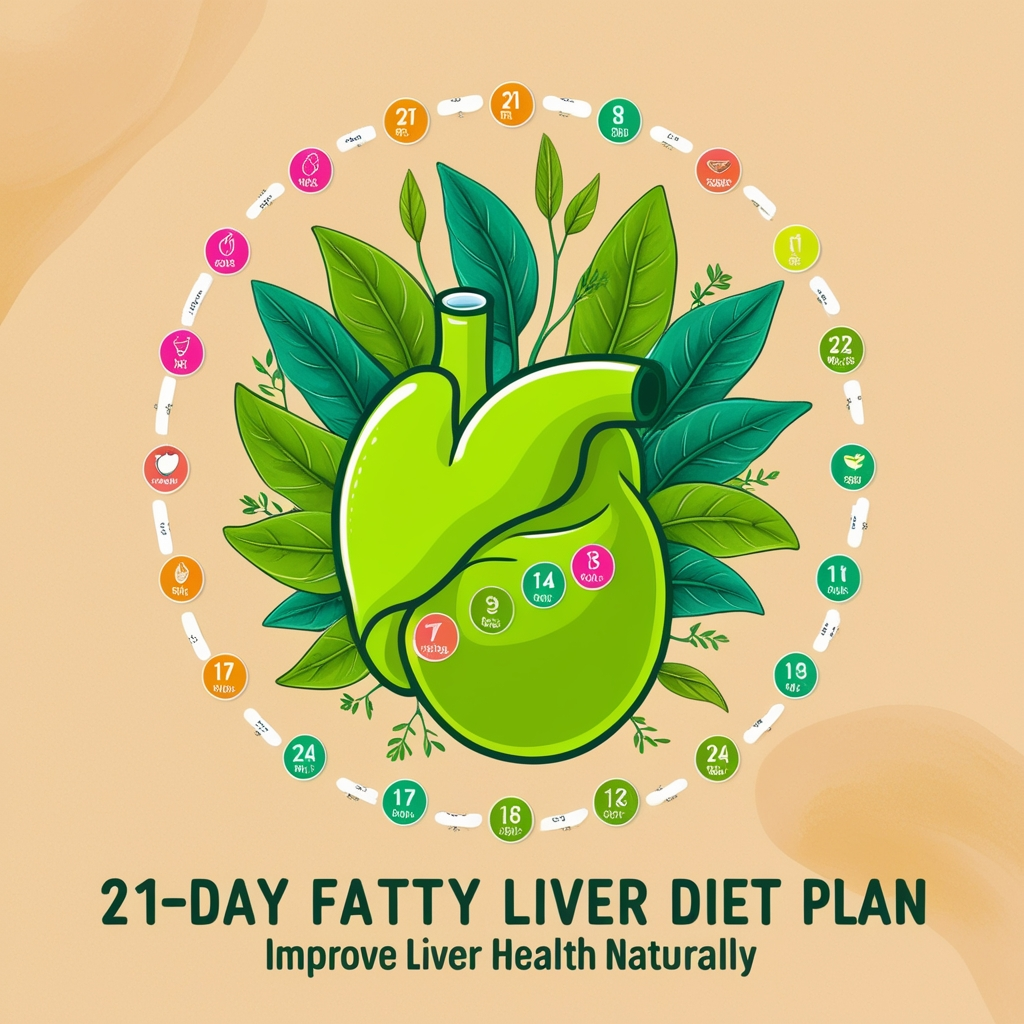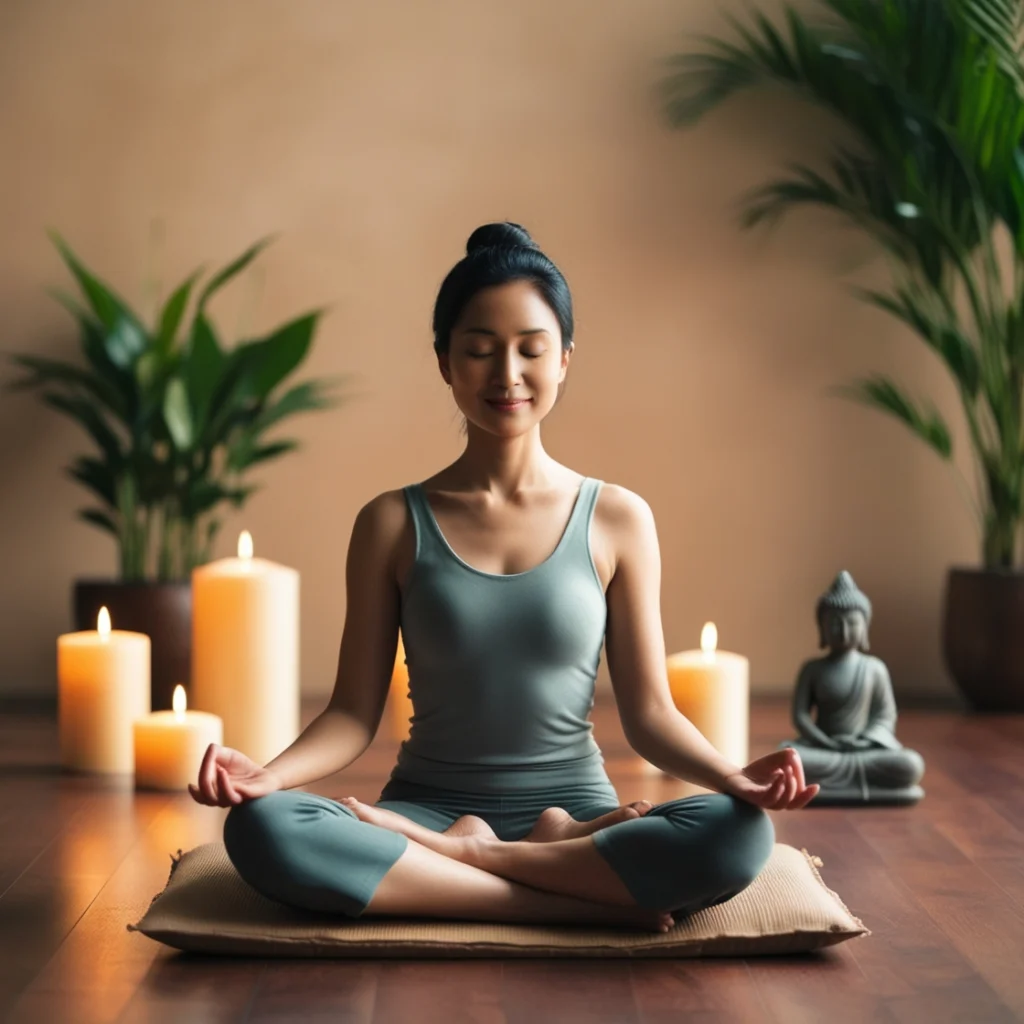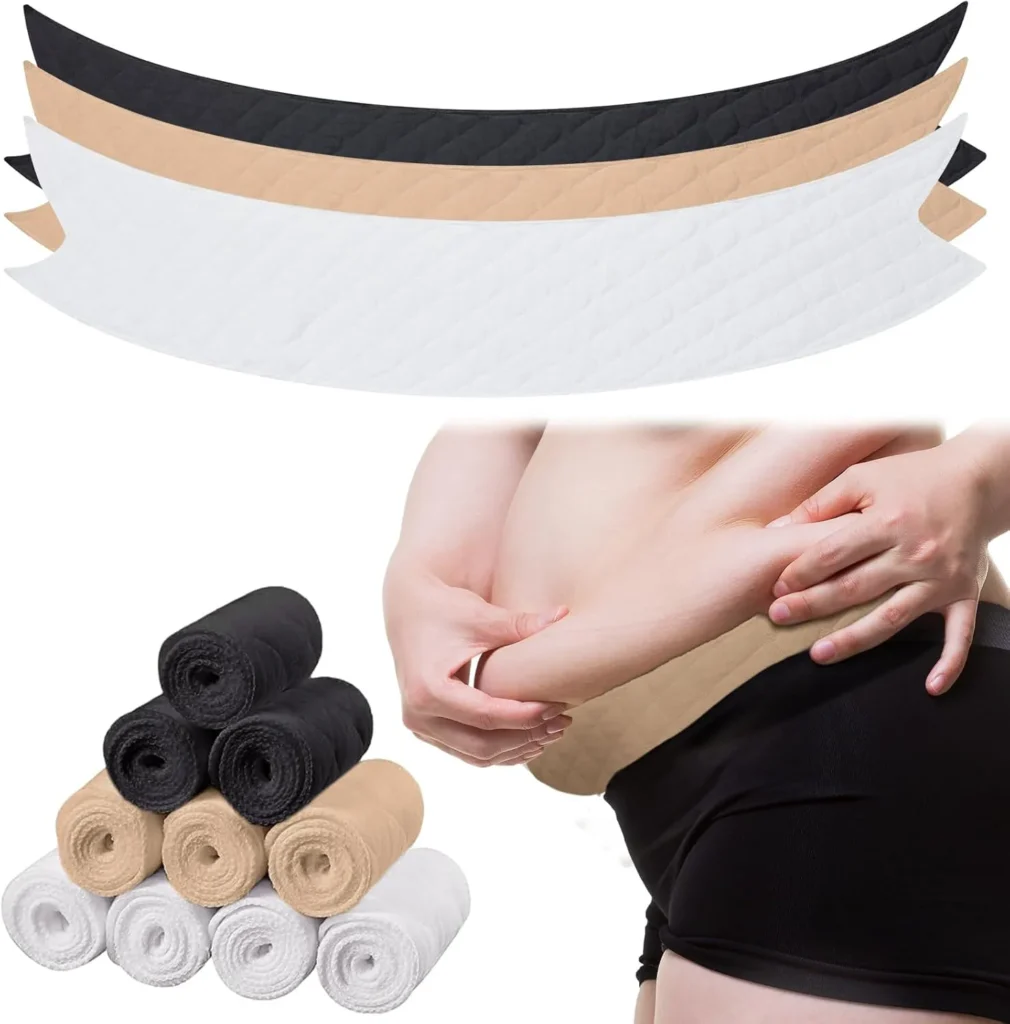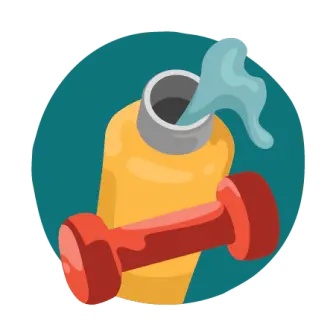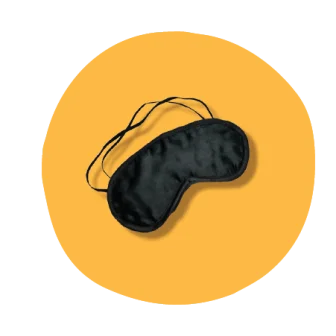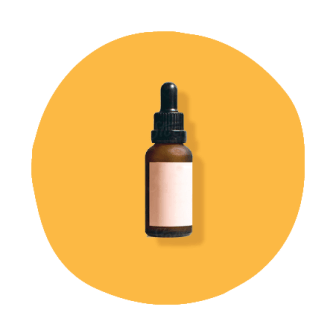Stage 3 kidney disease in elderly
5 day menopause diet
We guide you through
View ALL
21-Day Fatty Liver Diet Plan: Improve Liver Health Naturally
Wellness Check: Healthy Social Media & Aging Tips
We guide you through
wellness check
HealthInsight’s : Medical information and health/Fitness advice you can trust Social media can be a good way to connect with friends and loved ones, keep up to date on current events and trends, and spend time relaxing. It can also be a cause of stress and worry as people try to navigate difficult new stories, online bullying, and the pressure to create the perfect image. Here are some tips to have a healthier social media experience.
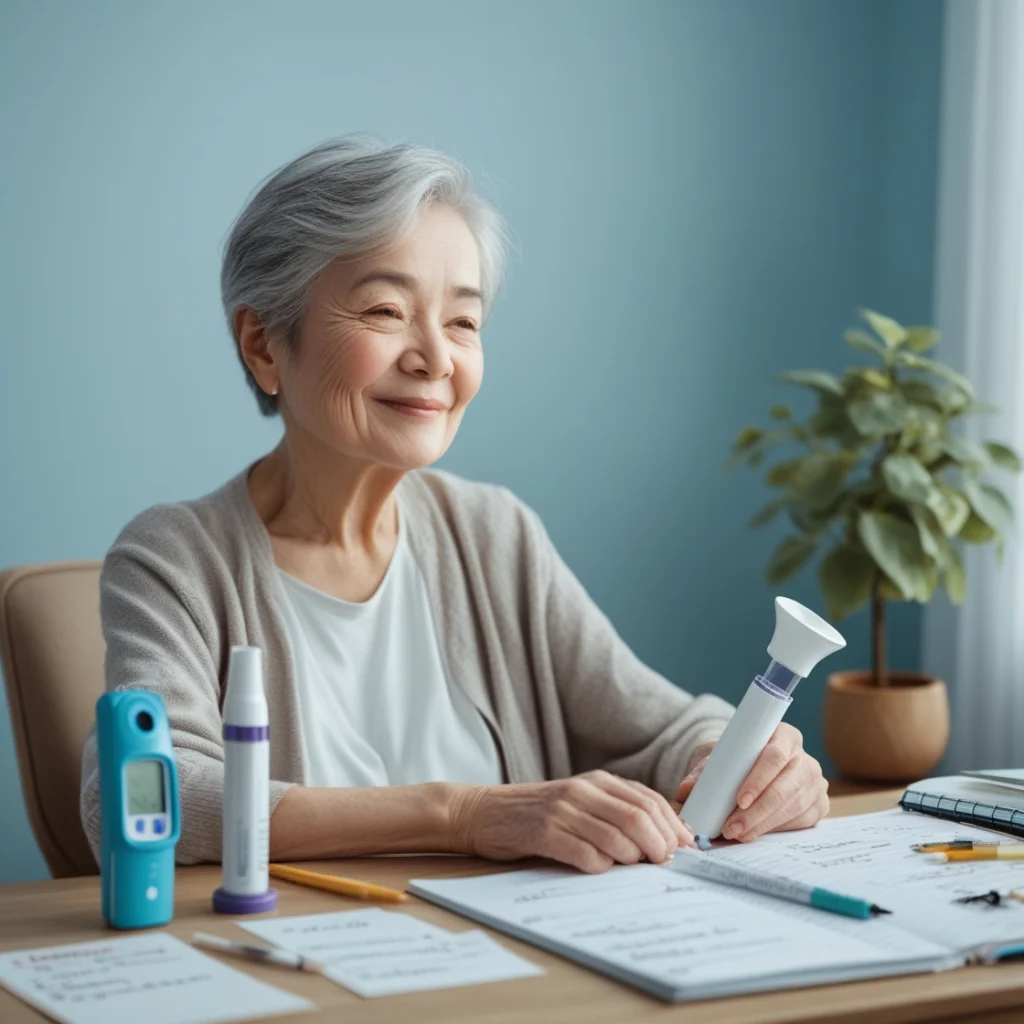
Connect with loved ones:
Social media can be a great way to connect with friends and family around the world. Use your social media channels to reach out and see how loved ones are doing and what is going on in their lives. Take the opportunity to share your own personal stories and photos with them.
Follow and share inspiring stories:
Find stories and platforms that help you feel uplifted and positive. If a friend or influencer is sharing negative content that makes you feel upset, you can stop following them or put them on mute for a short time.
Connect carefully:
While there is much uplifting and educational content on social media, there is also content that can encourage and lead to harmful behaviors. Do your best to verify the validity of content you are viewing and un-follow or block accounts that encourage harmful or destructive behavior.
Have fun!:
Find engaging and entertaining groups and people to follow and bring a sense of light-heartedness to your own platform.
Take a break and support others in doing the same:
Deleting apps from your phone or using other mechanisms to limit access can be a great way to bring yourself back to reality when feeling stressed or overwhelmed by social media use. If a friend or family member takes a break from social media, give them the space they need and try to connect with them in other ways.
This 30-second balance test can help tell you how well you’re aging
A new study published in the journal Plops One found that a simple balance test is a strong indicator of age-related decline. Researchers at Mayo Clinic evaluated grip and knee strength, double- and single-leg balance, and back-and-forth walking of 40 participants. Half were aged 50 to 65 and the other half were over 65.
Their main questions were: Which of these metrics deteriorates faster and at what rate? Those answers will help medical professionals create more targeted treatments to slow these declines.
Clinicians chose these tests because balance, muscle strength, and an efficient gait—your walking pattern—contribute to quality of life as you age, and are especially important for older adults to maintain independence.
The study concluded that the single-leg balance is the best indicator of healthy aging. It was the one exercise that showed the steepest decline with age.

